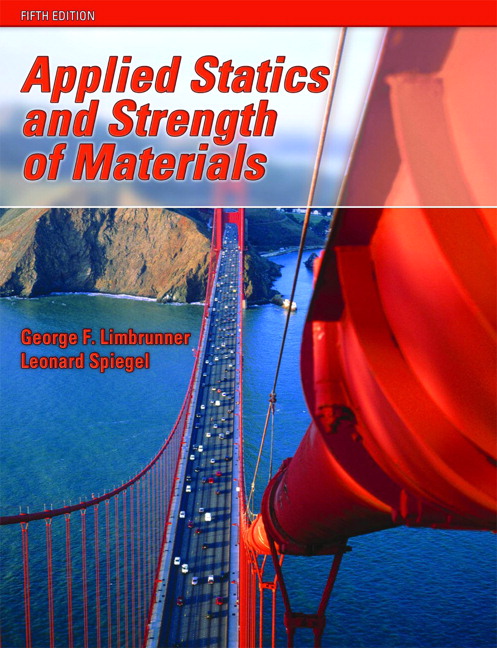Turbidity is commonly monitored as an important water quality index. Human activities, such as dredging and dumping operations, can disrupt turbidity levels and should be monitored and analyzed for possible effects. In this paper, we model the variations of turbidity in Dublin Bay over space and time to investigate the effects of dumping and dredging while controlling for the effect of wind speed as a common atmospheric effect. We develop a novel Vector Auto-Regressive Conditional Heteroskedasticity (VARCH) approach to modelling the dynamical behaviour of turbidity over different locations and at different water depths. We use daily values of turbidity during the years 2017-2018 to fit the model. We show that the results of our fitted model are in line with the observed data and that the uncertainties, measured through Bayesian credible intervals, are well calibrated. Furthermore, we show that the daily effects of dredging and dumping on turbidity are negligible in comparison to that of wind speed.
翻译:干燥和倾弃作业等人类活动会破坏扰动水平,并应对可能的影响进行监测和分析。在本文件中,我们用时间和空间对都柏林湾的扰动变化进行模拟,以调查倾弃和疏浚的影响,同时控制风速的影响,将其作为一种共同的大气效应。我们开发了一种新型的病媒自动递减条件性热媒(VARCH)方法,以模拟不同地点和不同水深的扰动行为。我们使用2017-2018年的每日扰动值来适应模型。我们表明,我们安装的模型的结果符合观测到的数据,通过贝耶斯可靠间隔测量的不确定性也得到了很好的校准。此外,我们显示,疏浚和倾弃对扰频度的日常影响与风速相比是微不足道的。





